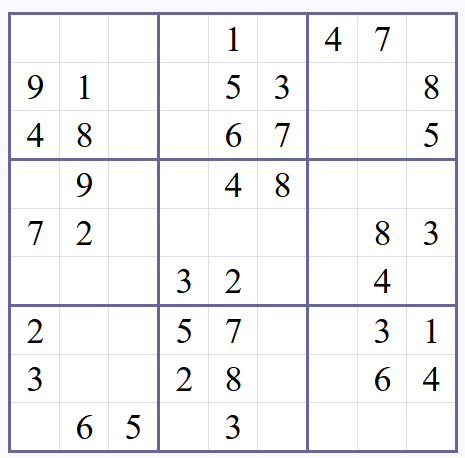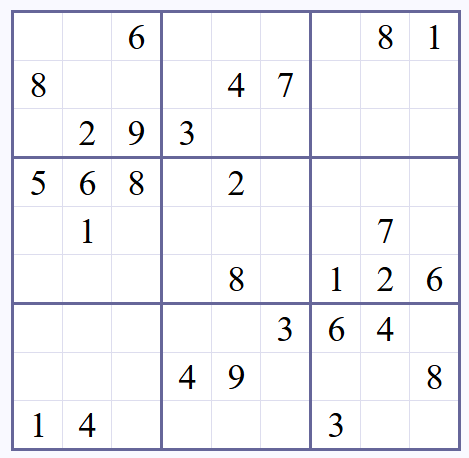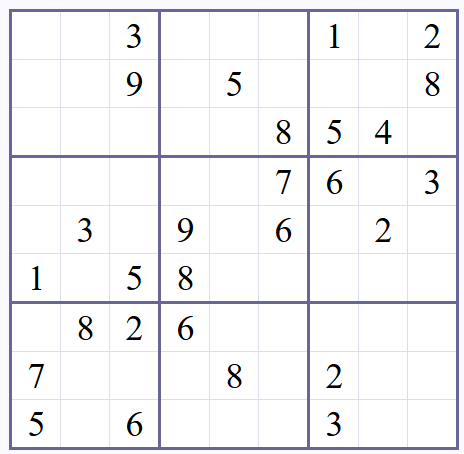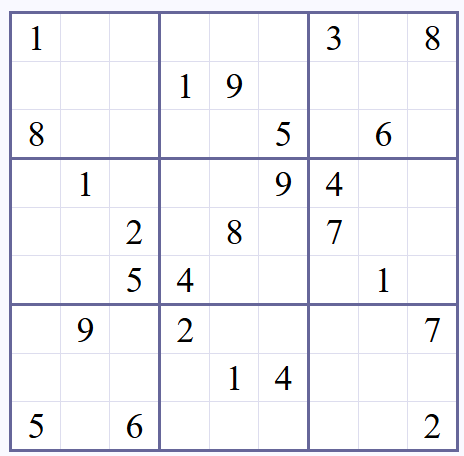MTH2007 Lagrangian Mechanics - Cheat Sheet
Made by William Fayers :)
Make sure to read this before the exam - I recommend completing a practice test with it so you learn where everything is and can ask if you don’t understand something. I might’ve made mistakes! There’s a sudoku at the end in case you finish early, and the cheat sheet is generated based on analysis of past exams and given material.
Small warning: the following makes the most sense if you read it all first!
Section 0: Crash Course in Prerequisites
Things you should already know, but might forget!
- Calculus & Linear Algebra…
- Integration by Parts:.
- Product Rule: .
- Quotient Rule: .
- Partial Derivatives:.
- Mixed Derivatives: Partially differentiate with respect to the first variable, then the second.
- Matrix Diagonalization:
- Find eigenvalues by solving .
- Eigenvectors solve .
- Polar Coordinates:
- Convert from Cartesian to Polar: .
- Area: .
- Velocity…
- tangential: .
- radial: .
- Note that these are often summed for the total velocity, depending on the system.
- Physics Basics…
- Momentum: .
- Newton’s Law: .
- Kinetic Energy: for Cartesian, for rotational.
- Potential Energy: (gravity) or (spring).
- Angular Velocity: , measured in rad/s, note that the same variable is used for Eigenfrequencies.
- Density: .
- Key Symbols…
- Reduced Mass (): . Used in oscillatory frequency .
- Total Mass (): Sum of all masses in the system.
- Mass Matrix (): The masses along a diagonal matrix, e.g. .
- Perpendicular Distance (): The distance measured at from a line/point.
- Complex Number (): Defined as , double check context though!
Section 1: Degrees of Freedom & Coordinates
Often used when setting up a problem!
- Degrees of Freedom (d.f.): .
- Example: A pendulum on a 2D plane has 1 d.f. (angle ).
- Holonomic Constraints: Equations that depend only on coordinates (not velocities) and time.
- Example: Fixed distances (rigid rods), surfaces (particles sliding on a curve).
- Generalised Coordinates: Minimal independent variables (e.g., angles, lengths).
- Check Validity:
- No constraints relate them.
- They span all possible motions.
- Check Validity:
Section 2: Lagrangians & Euler-Lagrange
Used to describe motion without forces.
- Lagrangian (): , using polar coordinates for central forces.
- Example: 1D oscillator, .
- Euler-Lagrange Equations: .
- Example: For …
- ,
- ,
- ,
- .
- Example: For …
Section 3: Hamiltonians & Phase Space
Converts Lagrangians to use generalised momenta instead of coordinates.
- Hamiltonian (): .
- Example derivation from (e.g., 1D oscillator):
- ,
- .
- Example derivation from (e.g., 1D oscillator):
- Hamilton’s Equations: .
- Derivation: From , match coefficients.
Section 4: Center of Mass & Inertia
Simplifies calculations of multiple particles.
- Center of Mass (Discrete/Continuous): , where is the center of mass of a particle and .
- Example (2 particles): .
- Moment of Inertia (Discrete/Continuous): .
- Parallel Axis Theorem: , useful for simplifying calculations.
- Example: Rod about center, .
- Example: Two masses on rod, .
Section 5: Small Oscillations
Analysing systems near stable equilibrium.
- Stiffness Matrix (): (evaluated at equilibrium, i.e. ).
- Meaning:
- Example: For , .
- Harmonic Solutions: For small oscillations, you can assume - useful to substitute into EL equations and then divide through by . This system, written as a matrix equation (for ), is equivalent .
- Eigenfrequencies: Solve .
- Meaning: The eigenvalues correspond to the squared frequencies of the system’s normal modes (directions where the system oscillates independently).
- Example: For two masses coupled by a spring, (translational mode) and (oscillatory mode).
- Periodic Motion: If is rational, period .
Section 6: Central Potentials & Orbits
Motion under radial forces (e.g., gravity, electromagnetism).
- Effective Potential: (sum of potential energy and the centrifugal term).
- Equilibrium: Solve .
- Poisson Brackets: .
- Use: Determines how observables evolve over time.
- If … are independent. If , is conserved.
- If … are negatively correlated over time.
- If … are positively correlated over time.
Sudoku



